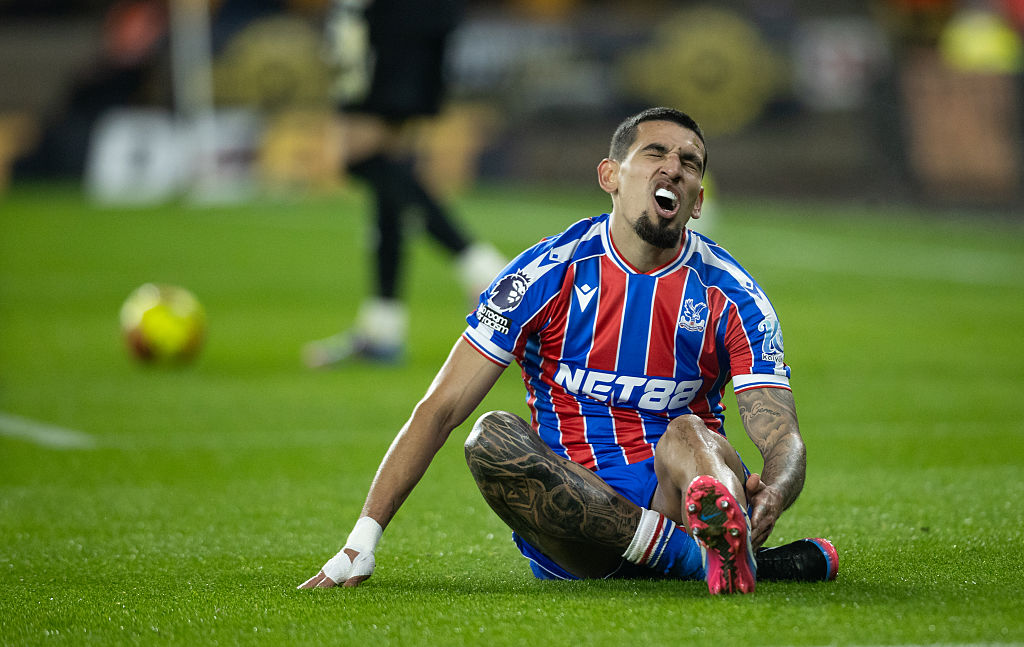Minnesota United: MLS's exciting newbs whose dreams aren't blowing in the wind
The twin cities' footballing arm is already throwing punches in American soccer's second tier, but Kristan Heneage says this sporting-mad hotspot has plenty to look forward to when its MLS club is established...
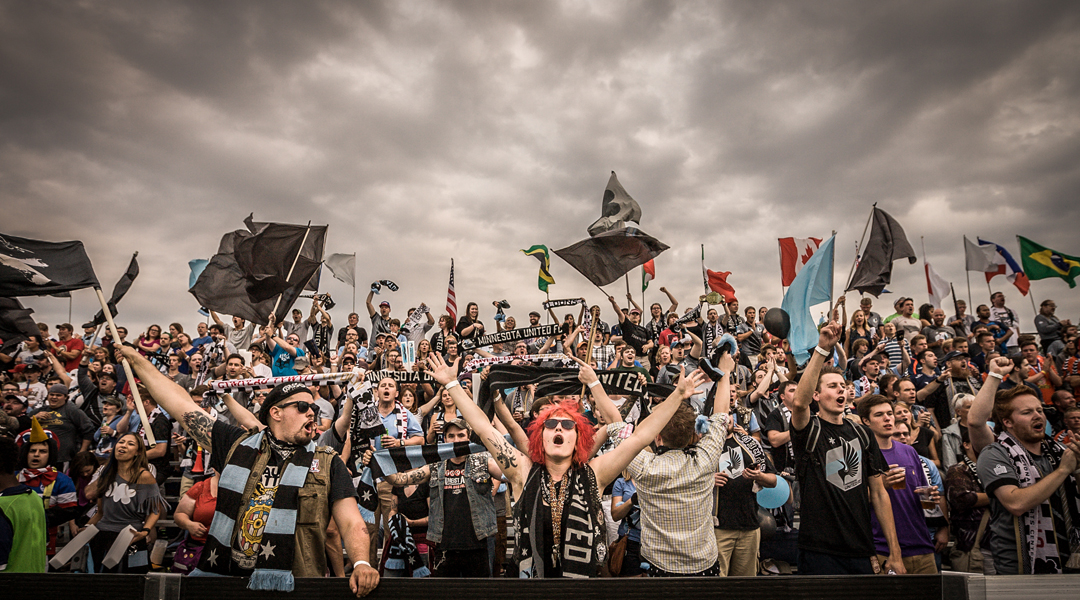
“They’re the team that nobody wanted, and now they’re going to MLS.”
So went the chant from a collection of Minnesota United fans gathered at the press conference announcing their team's arrival into Major League Soccer.
A club that once sat on the brink of extinction are now flying high ahead of their 2018 (or possibly even 2017) submission among US football's elite, but to understand their story you must go back to 2011. That was when Dr Bill McGuire, a former CEO of the UnitedHealth Group, began attending games after being convinced by his friend and now-Minnesota United president Nick Rogers.
McGuire was instantly struck by the intimacy of the occasion, and the passion of the fans as he saw the team advance to the 2011 NASL Soccer Bowl.
The team was faced with the very real proposition of being folded
His arrival couldn't have come a moment later. “The team was faced with the very real proposition of being folded,” president Rogers explains to FFT. “The NASL had to maintain a minimum number of teams to preserve good standing within US Soccer. As the league was expanding it would get to a certain point where it didn’t make sense to operate a team in Minnesota unless it had private ownership.”
McGuire had become enamoured with the unique soccer supporter culture he encountered, and after purchasing the team he convinced the owners of the NBA’s Minnesota Timberwolves and MLB's Minnesota Twins to join him on the project. “McGuire’s initial interest was more philanthropic in terms of wanting to preserve the team. He wasn’t a soccer fan,” says Rogers.
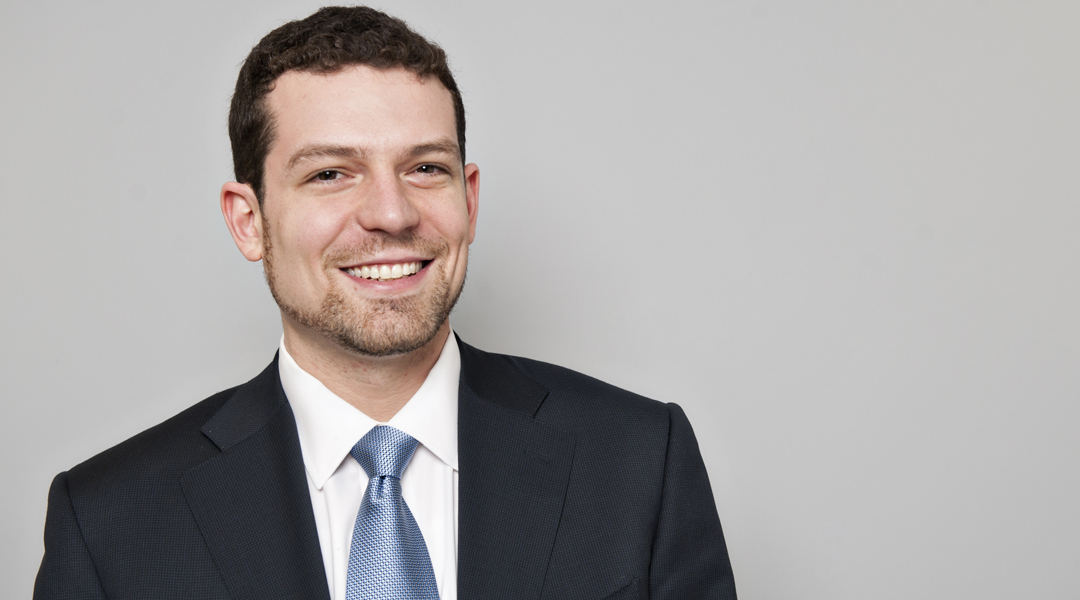
Stars of Minnesota
The best features, fun and footballing quizzes, straight to your inbox every week.
The history he was preserving is rich. In the second half of the 1970s, the Minnesota Kicks were a popular and successful member of the North American Soccer League (NASL), consistently attracting between 20,000 and 30,000 spectators. Among them was Minnesota native and current United head coach Manny Lagos, who fondly remembers attending matches.
There was one game where we played the New York Cosmos side that had Pele and Beckenbauer. We ended up beating them 9-2
“There was one game where we played the New York Cosmos side that had Pele and [Franz] Beckenbauer on the field,” he says. “We ended up beating them 9-2.”
Lagos’s association with soccer in Minnesota is deep and wide. In the early 1990s, before the launch of the MLS (in which he played for five different clubs), he played for Minnesota Thunder; his hometown club were coached by his father Buzz up until 2005, and in 2009 Manny succeeded him at the helm.
By that time the financially struggling club had been taken over, remodelled as the Minnesota Stars and entered into the new NASL, an old name being reused for the USA and Canada's second-tier league. Minnesota's success was instantaneous, collecting the Soccer Bowl in their first season, and so when Dr McGuire took charge in 2012, he saw no need to tamper with his new club.
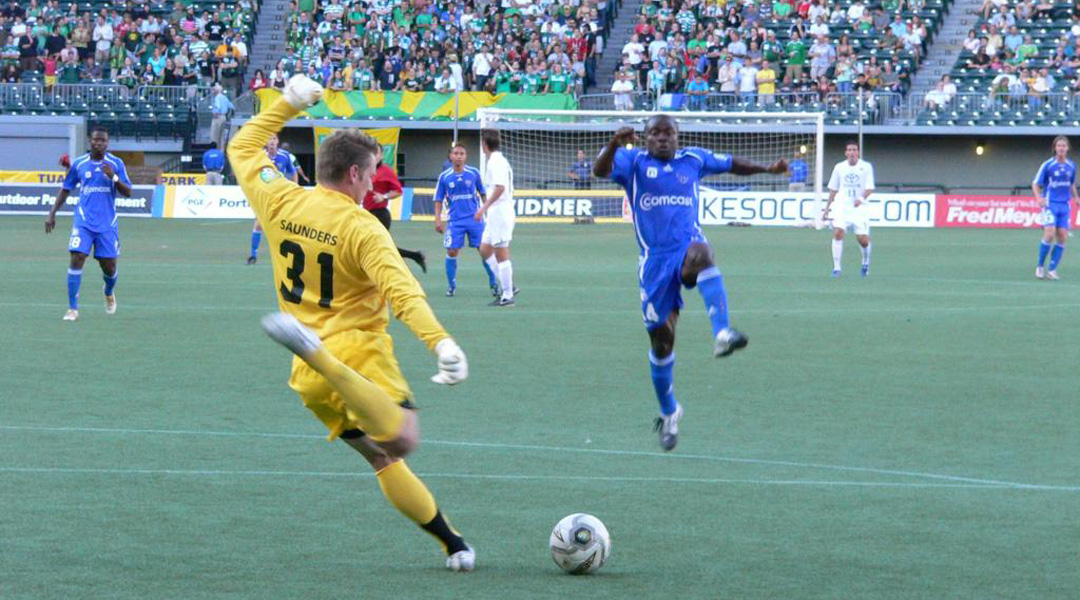
They did, however, wish to change the name and the badge. “We found there was just a lot of confusion around the name [the Minnesota Stars],” Rogers explains. “For the most part the Stars were an unknown venture. As a league-owned team they had next to no marketing dollars, and what little they did have they were using to subsidise beer at the game to get existing fans drunk for cheaper.”
With what little marketing money they did have, they subsidised beer to get fans drunk
Many fans still saw the Minnesota Thunder as the local soccer team, and any mention of the Stars conjured memories of the ice-hockey team that had relocated to Dallas in the mid-90s.
“We wanted a name that helped tell the story of the club we were trying to be,” Rogers added. “You’re talking about uniting the twin cities, a greater Minnesota. We want to honour and keep alive the history we are inheriting but also draw a line in the sand and say 'This is a brand new endeavour'.”
The club’s crest also underwent a makeover and gained a loon, the state bird of Minnesota and first mascot of the Minnesota Twins baseball team. By adding a star in reference to the ‘North Star State’, the team’s front office also gained a boost with budgets and staff numbers increased.
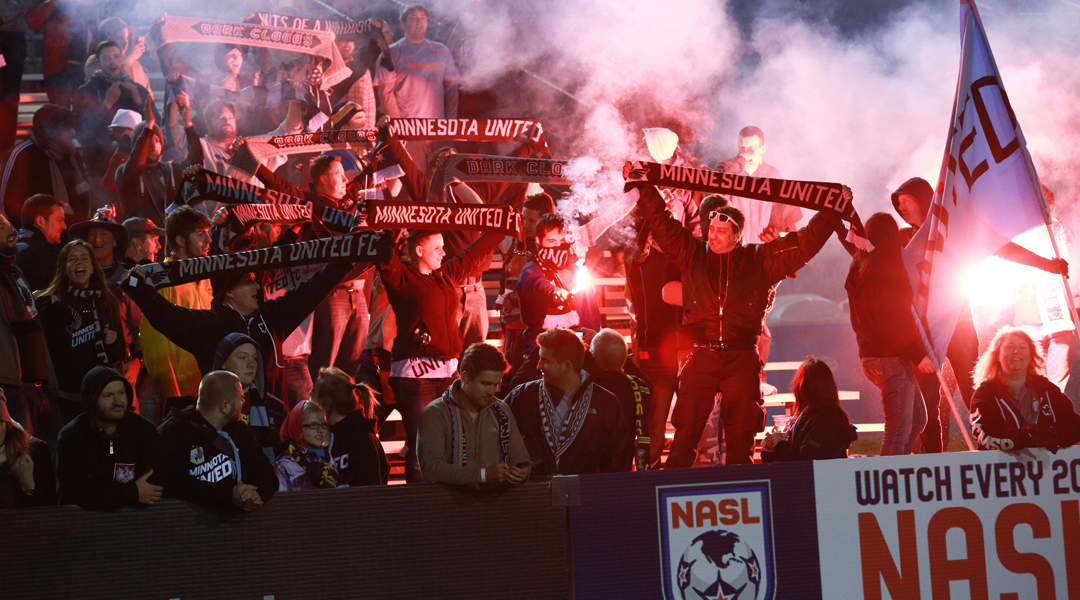
The redesign proved a hit with fans, who even adopted the ‘Loons’ nickname because of it. It's an apt moniker: Minnesotan fans are notoriously passionate for sport. “The fans are great,” said midfielder Miguel Ibarra. “The Dark Clouds [supporters' group] go to every game. I always stick around to take pictures with the fans. They just make you feel so welcome.”
We wanted a name that helped tell the story of the club we were trying to be. You’re talking about uniting the twin cities, a greater Minnesota
Better than Becks
To become the 23rd club in Major League Soccer's history, United had to trump rivals from far and near. Bids came in from Sacramento and Las Vegas, and there was serious consideration given to a proposal from the owners of the NFL's Minnesota Vikings, Zygi and Mark Wilf.
Cruically, part of the Wilfs' offer included playing on an indoor-turfed field, to be shared with the Vikings.
By contrast, Minnesota United have committed to an outdoor grass-field 18,500-seat stadium (with expandable seating/standing room to push it to 20k) in the city’s downtown area – something David Beckham has found difficult to achieve in Miami.
"At the end of the day we wanted a plan for an outdoor soccer stadium," insisted MLS commissioner Don Garber, "and that's what Bill [McGuire] and his partbers are focused on providing."
That's certainly how the playing staff prefer it. “As a player, to put it bluntly, we don’t like playing on turf and we don’t like playing indoors,” said Landon Donovan at Minnesota’s announcement. “If you want to attract big players, you’re not going to get them playing on turf. It’s very difficult.”
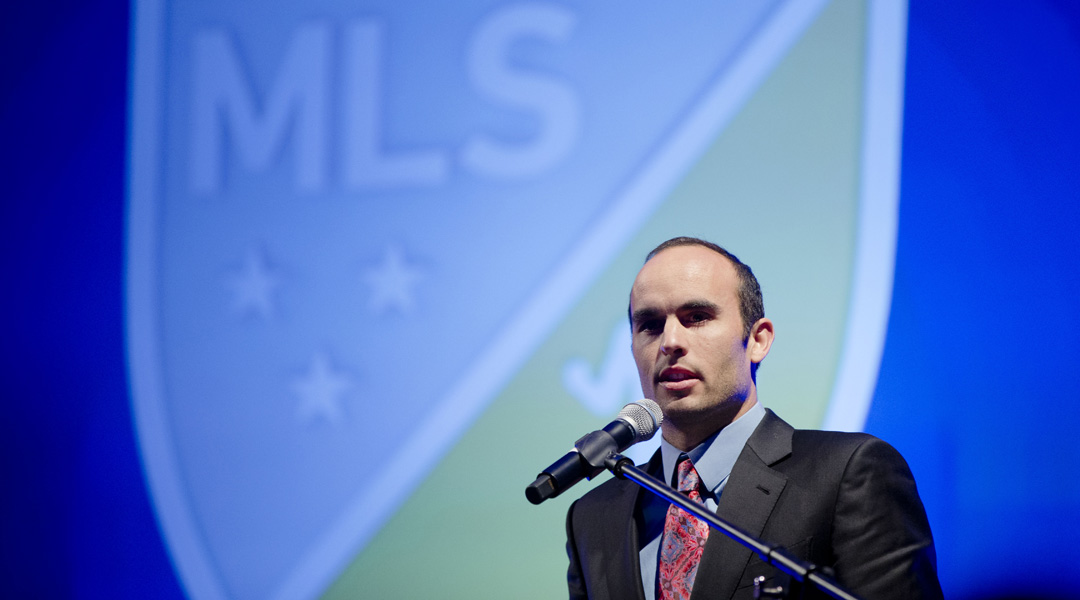
If you want to attract big players, you’re not going to get them playing on [artificial] turf
Thierry Henry famously refused to play on turf while at the New York Red Bulls. Minnesota United, however, are willing to battle against the harsh Midwest winters and heavy snows to play on grass, which has undoubtedly helped their cause.
In many ways that's been their greatest strength – nothing about them is artificial. They have cultivated a culture and grown themselves organically, much like the Seattle Sounders and Portland Timbers.
On the pitch they've developed two exciting young Americans in Miguel Ibarra (the first US squad call-up from outside MLS since 2005) and Christian Ramirez. “When you look at the fact Miguel is regularly being called up by the US men’s national team, we’re having an impact on the soccer landscape in the US,” says Rogers.
That impact could get wider, and quite soon. Rogers admits there is a target on their back this season in NASL, but they may move up to MLS earlier than expected: if fellow new franchise Los Angeles FC aren't ready by 2017, Minnesota could well bring forward their debut.
The MLS continues to develop in fascinating ways, but Minnesota are something more, too: proof that the League isn't simply founded on big players from far-flung lands but honest, passionate football clubs.
